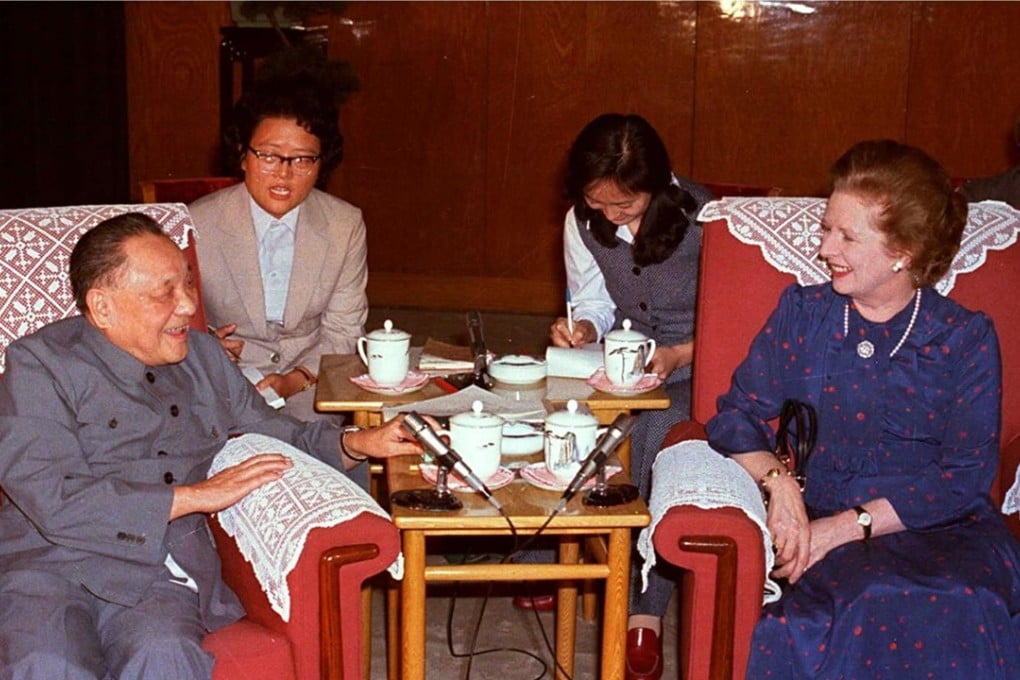How the Hong Kong dollar peg saved the day in 1983, when local currency was in ‘free-fall’
As Sino-British talks resumed in the 1980s to decide on the territory’s political future, tensions flared in Hong Kong, leading to an exchange rate that was described at one point as being at ‘banana republic levels’

“Local dollar hits all-time low,” ran a South China Morning Post headline on September 8, 1983. The new low came “amid heightened tension preceding the resumption […] of Sino-British talks on the territory’s political future,” the story continued.
When British prime minister Margaret Thatcher visited Beijing in 1982, to begin talks over Hong Kong’s future, uncertainty over the colony’s post-1997 fate had begun to affect its financial markets.
“The end result has been that the Hong Kong dollar has depreciated by a staggering 25 per cent against its American counterpart in the past 12 months alone,” the Post reported on September 18, 1983.
The local currency had fallen to HK$8 per US dollar from HK$6 a year earlier.
On September 25, 1983, a Post headline blared: “$9.50!” and the local currency’s depreciation was labelled “in free-fall”. The exchange rate was described as being at “banana republic levels”.
Hong Kong financial secretary John Bremridge warned of “badly burned fingers” for currency speculators, according to a Post report on September 27, and denied the government planned to peg the exchange rate.
